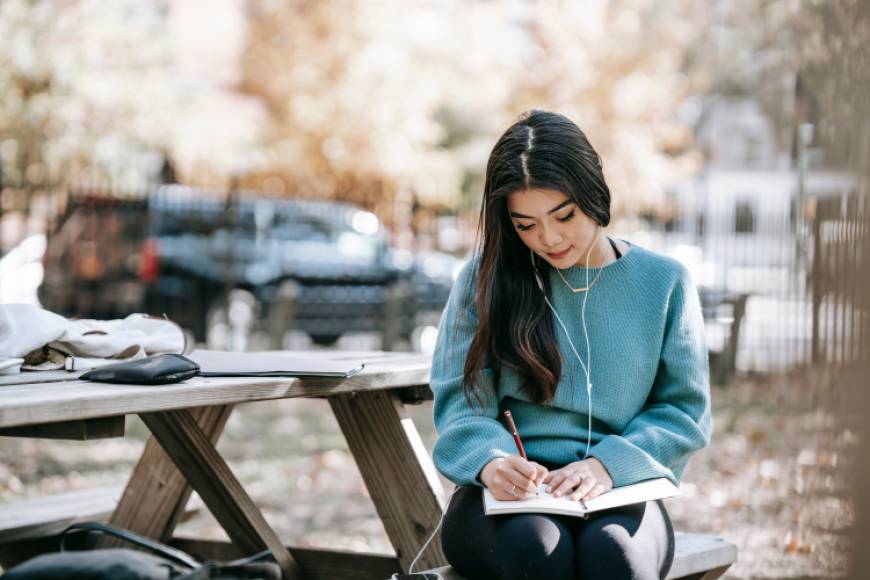Practice Music Without Your Instrument

Have you ever felt that you could be so much better at playing your instrument if only you could find the time to practice? Well, let me tell you that there are many ways for you to improve your playing while not actually playing!
First, start by following these two steps:
1. Know your goals and be aware of what you want to achieve or be able to do with your instrument.
2. Learn how to make the best use of your time.
Let’s say that you use a certain amount of time each day preparing for and commuting to work or school, eating your meals, doing your homework, etc. These are opportunities for you to train in other musical areas that are as important as playing the instrument itself, and will make your practice time with the instrument afterward much faster and easier.
Not all of the following examples will apply to everyone, nor can they all be done everywhere, but with some creative planning, you’ll be able to work many of these activities into your daily routine.
Some training ideas:
- Listen to the music you want to play in order to truly familiarize yourself with it.
- Read the material that your teacher assigned to you.
- Say out loud the notes of the scales you have to practice and name the fingering that corresponds to each note.
- Do some gentle stretching exercises for your hands, arms, etc.
- Try some apps or websites that offer new ways to practice.
- Search for YouTube channels of musicians with plenty of subscribers and listen to what they can teach you.
- Physically mimic and imitate what you have to practice without using your instrument. This will train your brain and muscles while giving the movement of your hands, fingers, or legs more fluency.
- Try to sing back some sounds you hear: the horn of a car, the melody of the ambulance, a siren, something you hear on a commercial, etc. It doesn’t matter if you are not a singer, your ear is really important for playing music.
- Try to clap or step the rhythm or beat while you are listening to music, focusing on maintaining a steady tempo.
These are just a few of hundreds of exercises you could do so that you don’t waste time trying to remember and understand what to do when you finally have time to sit down with your instrument. The same goes for deciding what you want to practice and what you need to practice; don’t waste time thinking about it when you have your guitar or keyboard in front of you. Instead, decide in advance so that you can start your practice session with a clear objective and be 100% focused on what you are practicing.
All this being said, I always recommend trying to build up your own exercises and training methods. You might end up creating or practicing something that you never thought you should try, just because it wasn’t the most traditional method. That’s the beauty of arts - all the greatest artists are known for breaking the barriers and finding their own path to becoming who they are.
 |
ABOUT FELIPE
I am Felipe and I'm 23 years old. I've just finished my studies at Escuela de Musica Contemporanea (Berklee global partner) and I'm waiting for presencial classes to begin my dual major in film scoring and contemporary writing & production at Berklee College of Music where I have already been accepted. I'm a professional singer but I also play piano, synthesizers, saxophone, clarinet, guitar and a little bit of bass and drums. |
Felipe's lessons are rated five stars in 18 verified student reviews, like this one:
Felipe always goes the extra mile to bring information! He is a top teacher and I love learning from him. He makes learning fun and does not mind if I know very little! GREAT Teacher!
-Laura Parker, review from May 11, 2021




